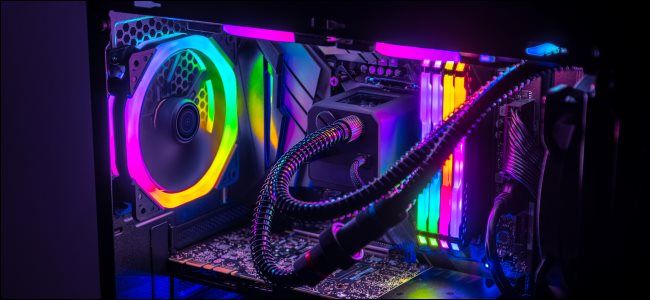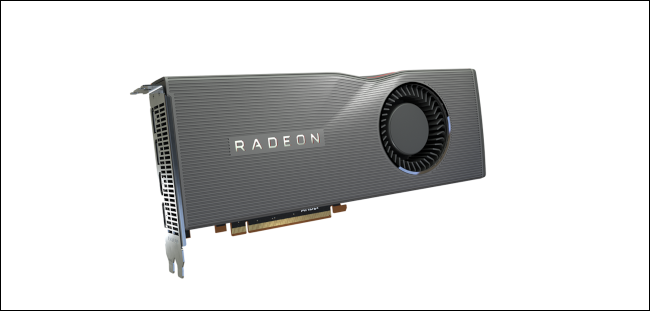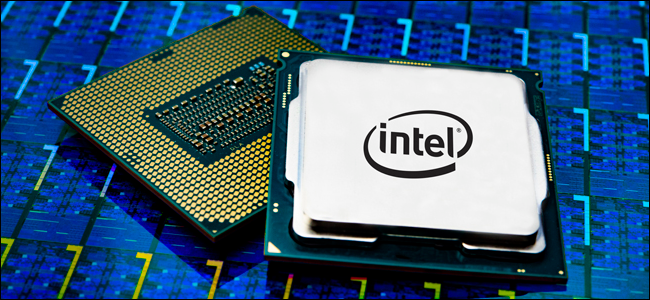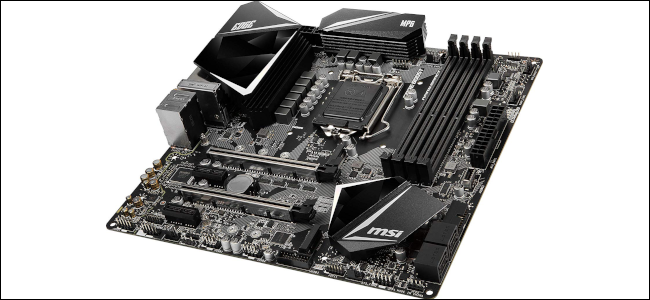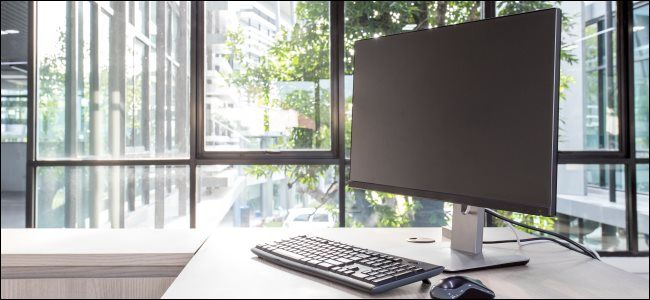Quick Links
Building a PC on a budget is a delicate balance between price and performance. How much should you spend on the motherboard and CPU, and what about the graphics card? Which parts are worth spending some extra cash on?
Picking Parts for Your PC Build
The biggest decisions come down to what you want to use your PC for, which brand of CPU you want, and---if you're gaming---the type of discrete GPU you need.
In a way, building a PC on a budget is kind of like doing a salary cap draft in fantasy sports. You get the best value for top performers that you can, then make up the rest of your team with the remainder of your budget.
A critical issue when selecting PC components is making sure they are compatible with each other. The easiest way to manage this is to use PCPartPicker, a website that lets you create your own PC build, and it will verify that your parts are compatible.
For the purposes of this article, we're going to assume you're building a gaming PC and looking to spend at least $800. If that sounds like a lot, keep in mind that many people slowly amass new PC parts until they have everything they need for a new build. That's a great way to spread out the spending to reduce the stress on your bank account.
Tier One Splurge: The Graphics Card
The first thing a new gaming PC build needs is a graphics card. You will need a capable motherboard and CPU to support your graphics-producing monster, but the GPU is the best place to start. The graphics card is the workhorse for gaming. This is the component that renders all the delicious eye candy you see on screen.
First, you need to decide on the resolution you'll be using. There are two ways to look at this. One is to get a more powerful GPU capable of higher resolutions with plans to purchase a better display later on. The second method is just to stick with a graphics card capable of the resolution you've got now.
Despite 1440p and 4K displays all over the place, most people are still rocking 1080p. This resolution delivers very good graphics, and it's also the most economical choice as you can get a graphics card that rocks at 1080p without breaking the bank.
If you're going for a more powerful card, then you're probably looking at 4K, which offers a variety of options. You can, for example, get a card that excels at 1440p but also works as an entry-level 4K card that pushes out 30 to 60 frames per second (fps) depending on the game. The bare minimum for guaranteed smooth gameplay is 60 fps, though for the less picky 30 fps is eminently playable.
Beyond entry level, you have the 4K monsters that pump out 60 fps or higher on most games. This type of 4K graphics card is usually the most expensive unless you catch a good sale.
Tier Two Splurge: The CPU
After the graphics, the CPU is the most important part of your gaming setup. If you don't get a capable-enough CPU, you'll run into bottlenecking issues. This is when the CPU becomes an obstacle to GPU performance by not processing instructions and transferring data fast enough.
Making a decision about this component will also influence your motherboard choices. Once you choose an AMD or Intel CPU that limits the motherboard models you can choose. If you pick a Ryzen 3000 CPU, for example, you'll likely be picking an X470, X570, B450, or B550 motherboard.
If you splurged a lot of your money on a high-end 4K-capable GPU, then your budget will probably respond best to an AMD CPU. Ryzen 2000 and 3000 CPUs have become very capable for gaming, and their per-thread pricing is simply outstanding. If you want an Intel CPU- then you'll be a little more price sensitive. For those looking to balance their CPU and GPU purchases in terms of cost, then picking your favorite brand becomes easier.
Tier Three Splurge: The Motherboard
Next up, we've got the motherboard. This is another part that should be of the best quality you can get for the money you have. There are a number of options here. In general, each CPU generation comes with high-end and budget options for motherboards. And just because you went high end with the GPU and/or CPU doesn't mean you can't choose a budget motherboard.
There will be performance tradeoffs, of course, but that's the art of PC building. You'll get a better overall experience splurging on the CPU and GPU, then get the best motherboard you can. We highly recommend that you check out motherboard reviews online, as well as customer reviews, before finalizing your purchase. There can be a lot of variation in quality and features when it comes to motherboards using the same basic model number.
The Rest of the Build
After the big three, you've got the rest of the major build parts, including the CPU cooler, case, storage, power supply, and RAM. If budget buyers went with a CPU that comes with an included cooler, then stick with that for now. If not, go with a fan-based CPU cooler, which offers better overall value. The capable Coolermaster Hyper 212, for example, is $40 or less.
The case is a key component for a build because airflow is an important factor to keep your system cool. Still, a savvy shopper can find a very capable case for $100 or less with case fans included. If you already have a case, this is one of the easiest PC parts to reuse.
Storage is great, but on a budget you'll get the best value with a hard drive--though a smaller M.2 NVMe-based boot drive combined with a larger hard drive is also a good strategy.
If there's any splurging left to do, we'd argue it should go towards the power supply (PSU). Selecting a PSU is beyond the scope of this article, but we've got a tutorial on how to upgrade and install a new power supply that explains how to pick a PSU. Preferably you'd get a modular PSU to help with cable management, but semi-modular over non-modular model would also do. Be sure to stick with known brands because the PSU can be the source of many issues if you go too cheap.
Finally, there's the RAM. Get some. Get 16GB at least, get a known brand, and get the best speed you can for the money you have that's compatible with your CPU and motherboard.
RGB Lighting Looks Cool, But That's It
RGB lighting on your motherboard, case fans, case, and RAM looks awesome, but it does nothing for actual performance. If you're building on a budget, save the premium you'd pay on RGB gear in favor of higher performing components. You can always add some RGB case fans or get an RGB CPU cooler at a later date.
Upgrade Your Peripherals Later
Peripherals should always be an afterthought when building on a budget. An awesome mechanical keyboard and high-DPI mouse won't do much good if your system is stuttering and sputtering under the demands of your favorite game. The same goes for a display. If you can, stick with what you've got for now and upgrade to FreeSync and a higher resolution later.
All of these suggestions are just that---suggestions. What you'll actually get in real life depends on the gear you have now, how much money you have, and what the primary use is for your new PC.
Building a PC is a process, not a destination. Don't be afraid to change your mind by creating multiple possible builds on PCPartPicker to see the kind of value you can get with different combinations of parts. Also, keep upgrading that PC when you come across sales. Over time, you'll have a seriously tricked out rig and enough spare parts for a second PC.

